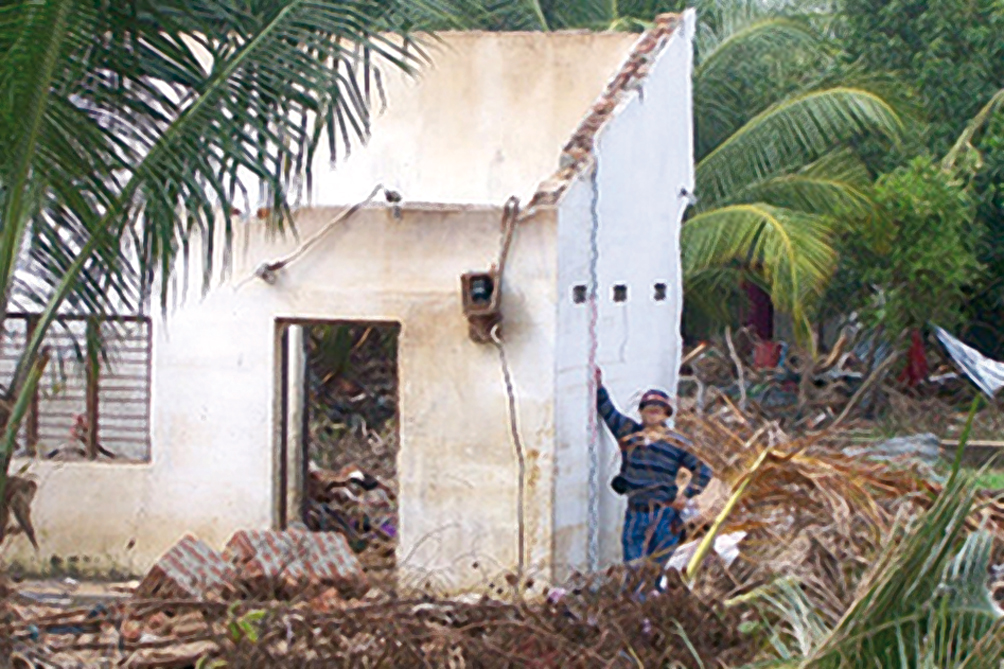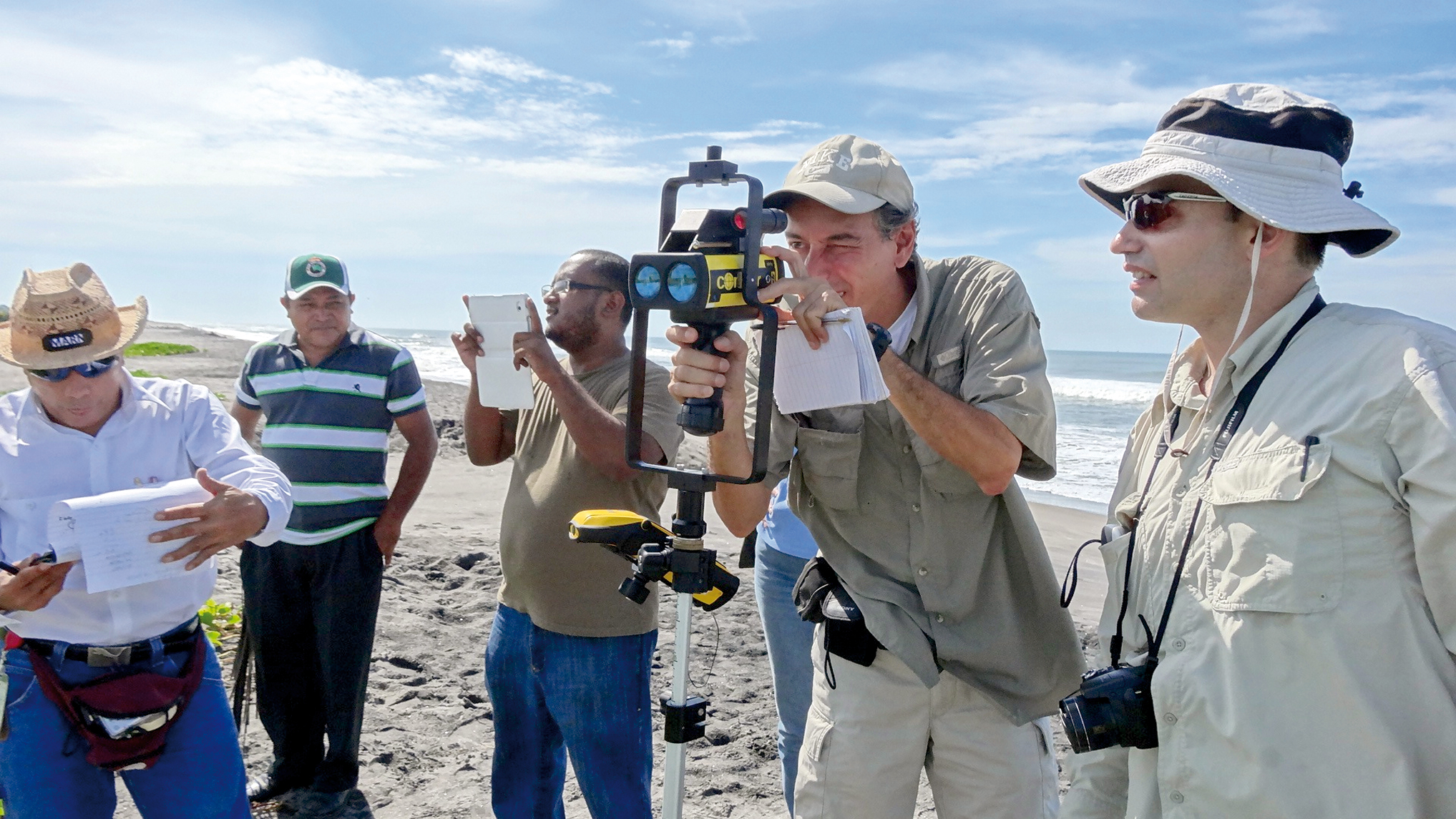Special | A | B | C | D | E | F | G | H | I | J | K | L | M | N | O | P | Q | R | S | T | U | V | W | X | Y | Z | ALL
P |
|---|
Post-tsunami surveyTsunamis are relatively rare events and most of their evidence is perishable. Therefore, it is very important that reconnaissance surveys be organized and carried out quickly and thoroughly after each tsunami occurs, to collect detailed data valuable for hazard assessment, model validation, and other aspects of tsunami mitigation. Since the early 1990s, post-tsunami reconnaissance surveys have been organized following each major destructive tsunami to make measurements of runups and inundation limits, to collect associated data from eyewitnesses such as the number of waves, arrival time of waves, and which wave was the largest, and to assess human response to tsunami danger. The surveys have been organized on an ad-hoc basis, facilitated and coordinated by the IOC and ITIC working with the affected country, and conducted by international academic tsunami researchers (International Tsunami Survey Team, ITST). The IOC-ITST Post-tsunami Survey Field Guide (Manuals and Guides 37, 1998, 2nd Edition 2014, IOC/2014/MG/37) provides a flexible framework for undertaking surveys, their guiding principles and protocols data types, and observations to be taken to standardize data collection.
After a major tsunami, physical oceanographers, social scientists and engineers conduct post-tsunami surveys to collect information. These data, including runup, flow depth, and inundation, deformation, scour, building and structural impact, wave arrival descriptions, and social impact, are important for designing better mitigation to reduce the impacts of tsunami on life and property. Photo courtesy of Philip Liu, Cornell University.
ITST measuring tsunami runup using laser rangefinder in El Salvador, 2012. Photo courtesy of ITIC. | |
Probable maximum water levelA hypothetical water level (exclusive of wave runup from normal wind-generated waves) that might result from the most severe combination of hydrometeorological, geoseismic and other geophysical factors that is considered reasonably possible in the region involved, with each of these factors considered as affecting the locality in a maximum manner. This level represents the physical response of a body of water to maximum applied phenomena such as hurricanes, moving squall lines, other cyclonic meteorological events, tsunamis, and astronomical tide combined with maximum probable ambient hydrological conditions such as wave level with virtually no risk of being exceeded. | |
PTHAProbabilistic Tsunami Hazard Assessment. An assessment of the probability that a tsunami will reach, or exceed, a given size within a specified interval of time at a particular location. The tsunami size may be measured in various ways, such as: run-up height, flow depth, or tsunami height at the coast. Usually a PTHA would provide probabilities for a range of different time spans, for example from 50 to 2500 years. The assessment may cover a single location, a stretch of coastline, or an area of land (if inundation is included). See also ‘Tsunami Hazard Assessment’ which provides information on some of the techniques that may be used to make a PTHA. | |


